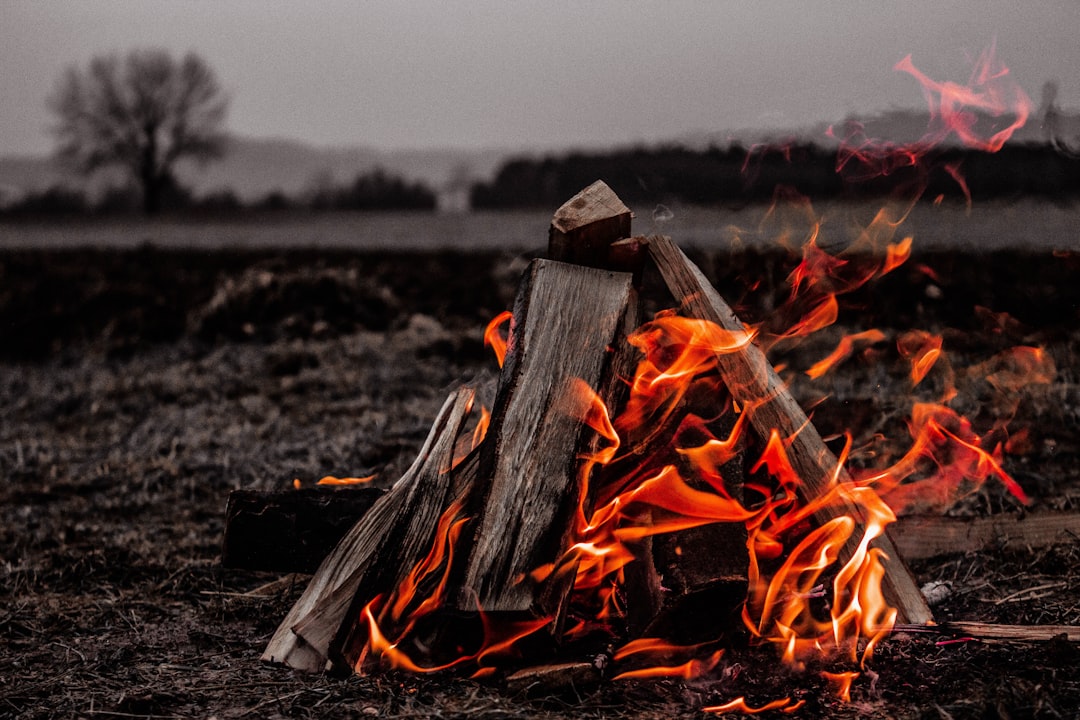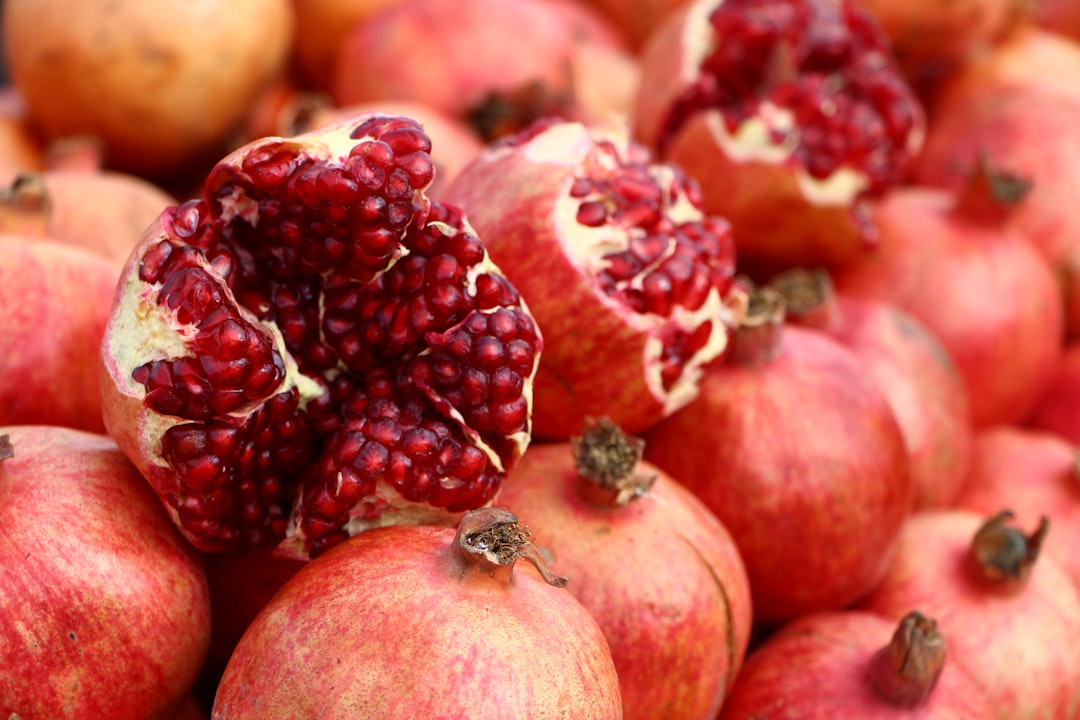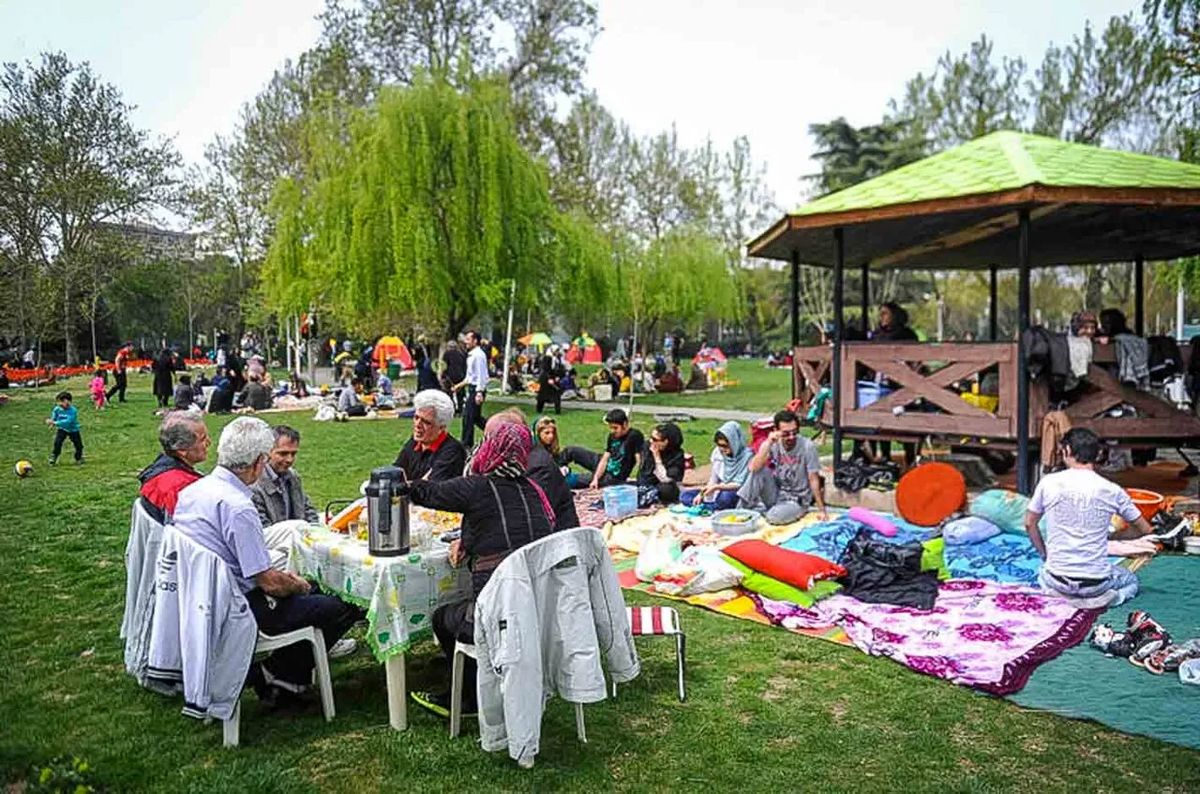Every year, just before Nowruz, the Persian New Year, Iranians celebrate Chaharshanbe Suri (چهارشنبه سوری), a lively and ancient festival that marks the last Wednesday night of the year. Known as the "Festival of Fire," Chaharshanbe Suri is a time of joyous celebration, communal gatherings, and rituals of purification and renewal. As people jump over bonfires and indulge in festive foods, the celebration has deep roots in both Zoroastrianism and Persian folk traditions. In this blog post, we will delve into the history, customs, and significance of Chaharshanbe Suri, an exciting and symbolic event that is a cherished part of Persian culture.
🔥 What is Chaharshanbe Suri?
The name Chaharshanbe Suri translates to "Wednesday Red," with Chaharshanbe meaning Wednesday and Suri referring to red, the color associated with fire. It is celebrated on the last Wednesday before Nowruz, the Persian New Year, and marks the culmination of a series of traditions designed to purify and prepare individuals and families for the upcoming year. Chaharshanbe Suri is a festival of fire—a symbol of purification, strength, and the triumph of light over darkness.
The origins of Chaharshanbe Suri are thought to date back to ancient Zoroastrian times, making it one of the oldest Persian traditions still widely practiced today. In Zoroastrianism, fire is considered sacred, representing the divine presence of Ahura Mazda. The festival celebrates the victory of light over evil and the purification of both body and spirit through the cleansing power of fire.
🔥 The Rituals of Chaharshanbe Suri
The central feature of Chaharshanbe Suri is the jumping over bonfires, a practice believed to bring health, luck, and prosperity in the coming year. The fire symbolizes the burning away of bad energy, misfortune, and evil spirits, allowing participants to start the new year with a clean slate. Below are some of the key customs that make Chaharshanbe Suri a truly unique and symbolic celebration.
1. Jumping Over Fire
The most iconic ritual of Chaharshanbe Suri involves jumping over bonfires. Families and communities gather in public spaces or their homes to build bonfires, and participants jump over the flames while chanting:
-
"Zardi-ye man az to, gherbi-ye to az man."
-
Translation: "My paleness is yours, your redness is mine."
This chant signifies the exchange of energy—the paleness (sickness, misfortune, or darkness) is transferred to the fire, while the redness (health, energy, and vitality) is absorbed by the person jumping over it. Each person typically jumps over the fire several times, symbolizing the burning away of evil and the renewal of vitality for the upcoming year.
The act of jumping over fire also has a purification element. In Persian culture, fire has long been considered a force that cleanses and purifies, and by leaping over it, individuals symbolically cleanse themselves of bad luck, ill health, and negative energies.
2. Fireworks and Firecrackers
Along with the bonfires, fireworks and firecrackers are often set off during Chaharshanbe Suri. The loud noises are thought to scare away evil spirits and further add to the festive atmosphere of the night. The fireworks and the crackling sounds of the fires create a sense of excitement, signaling that the bad energies of the past year are being expelled, and the new year will begin with a clean slate.
3. The "Koloocheh" and Special Foods
Food plays a significant role in Chaharshanbe Suri. Traditionally, families prepare Koloocheh, a type of cookie filled with dates and nuts, to offer to guests and share with neighbors. In addition to Koloocheh, other sweet treats such as Ajil (a mixture of nuts, dried fruits, and seeds) are enjoyed during the celebration. These treats are meant to symbolize abundance and prosperity in the coming year.
People also eat herbs, fruits, and pomegranate, all of which are considered symbols of fertility, growth, and good fortune in Persian culture. Sharing food and inviting others to join in the celebration are important aspects of this communal event.
4. Breaking the Pot (Shattering the Old)
In some regions, another custom of Chaharshanbe Suri is the tradition of breaking a clay pot. The act of smashing the pot is symbolic of breaking old habits, letting go of the past, and embracing new beginnings. This tradition represents the desire to discard anything holding people back from the renewal of the spirit, especially in the lead-up to Nowruz.
🔥 The Symbolism of Fire
In Chaharshanbe Suri, fire plays a central role as a symbol of purification. Its powerful and transformative properties are tied to ancient Persian beliefs in light and darkness. Fire was sacred in Zoroastrianism, which is one of the oldest monotheistic religions in the world and was founded in ancient Persia by the prophet Zoroaster (or Zarathustra).
The Zoroastrians believed that fire was a divine agent through which Ahura Mazda, the supreme god, could manifest on earth. Fire was thus regarded as a purifier of both physical and spiritual impurities. The tradition of Chaharshanbe Suri reflects this ancient reverence for fire, with participants using fire as a tool to burn away negativity and embrace the renewal that the new year brings.
Additionally, fire represents the triumph of light over darkness, an idea that is deeply ingrained in Persian culture. The long, cold winter nights are symbolically conquered on Chaharshanbe Suri, as the fire represents the victory of warmth, growth, and life.
🔥 Chaharshanbe Suri Around the World
While Chaharshanbe Suri is primarily celebrated in Iran, the festival is also observed in many other countries with Persian or Zoroastrian heritage, including Afghanistan, Tajikistan, Azerbaijan, and parts of Central Asia. In these regions, the celebration shares many of the same customs, with variations based on local traditions.
The Persian diaspora around the world, including in countries like the United States, Canada, and Europe, also celebrates Chaharshanbe Suri. In many cities with large Iranian populations, public fire-jumping events and parties are organized, where people of all ages come together to mark the event with joy and enthusiasm.
🔥 Conclusion: A Night of Purification, Celebration, and Renewal
Chaharshanbe Suri is a vibrant and joyous celebration that brings people together to embrace the themes of purification, renewal, and community. By jumping over fire, setting off fireworks, sharing food, and breaking old habits, participants engage in rituals that not only honor ancient traditions but also create a sense of hope and anticipation for the future.
As the flames of the bonfires flicker and the darkness of winter slowly fades, Chaharshanbe Suri reminds us of the eternal cycle of life, death, and renewal. It is a time to cleanse the old and embrace the new, preparing for the dawn of Nowruz and the arrival of spring.
So, as you jump over the fire this Chaharshanbe Suri, remember that it is not just an ancient custom—it is a celebration of life's endless possibilities, a chance to leave behind the negativity of the past, and to start the new year with a heart full of light and hope.





